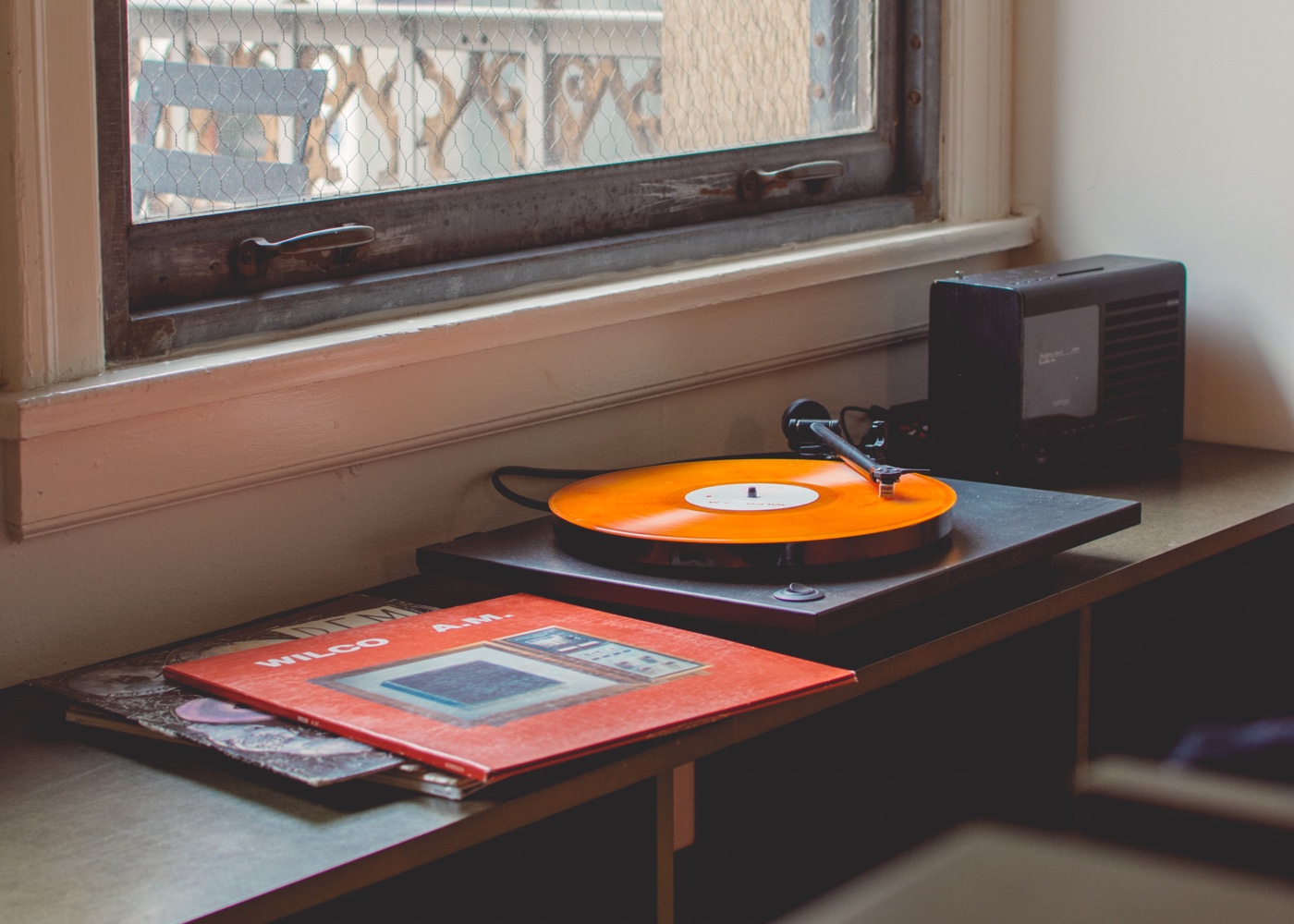This artwork by David W. hung on my bathroom wall for 38 years.
I bought it at the first Art Show that Club 57 had. David and Keith H. were both working at Danceterian as busboys. and happy to have jobs like all the "unemployable" artist friends I hired. Keith also installed our first art installation on the butcher paper Rudolph had bought.
I remember one day coming in during and see Rudolph about to tear it down. I started screaming don't tear it ..".its ART, Rudolph. Art!" ... Anyway, now this multi-layer painting is traveling around the world as part of the Whitney David W exhibition.
I think it is appropriate to show this work now given the chaos that addiction to greed and lies are being revealed at the impeachment hearing. We need truth-telling, fearless Saints, like Genet, to "clean house" as a first step to show the future generations ...despite our generations fu*k up, there are those of us who stand with future generations and shout "STOP IT" : to show our support and commitment to their future by attempting to clean up our mess ... drugs are not the answer ...compassion for each other in all our diversity and hope and actions is.

